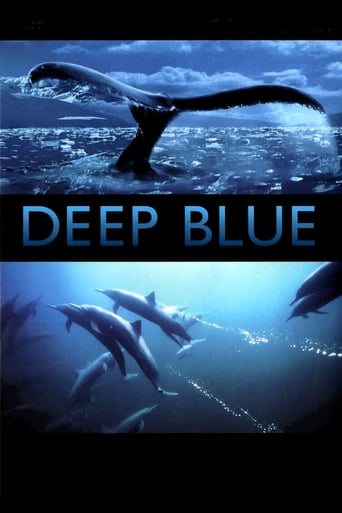
18 May 2003

Deep Blue
Deep Blue is a major documentary feature film shot by the BBC Natural History Unit. An epic cinematic rollercoaster ride for all ages, Deep Blue uses amazing footage to tell us the story of our oceans and the life they support.
Fascinating species bursting with color Gentle, meditative ocean water bubble away as exotic fish swim to the soft sounds of piano and strings. In this video, over 700 salt water fish will glide and drift across your screen. No feeding, no water testing and no clean up. It's as simple as hitting play on your DVD. Fascinating species bursting with color like you've never seen. Kick back and float along in the tidal pools of your very own trouble-free T.V. Aquarium. Turn your television into a coral reef teeming with underwater life.

18 May 2003

Deep Blue is a major documentary feature film shot by the BBC Natural History Unit. An epic cinematic rollercoaster ride for all ages, Deep Blue uses amazing footage to tell us the story of our oceans and the life they support.
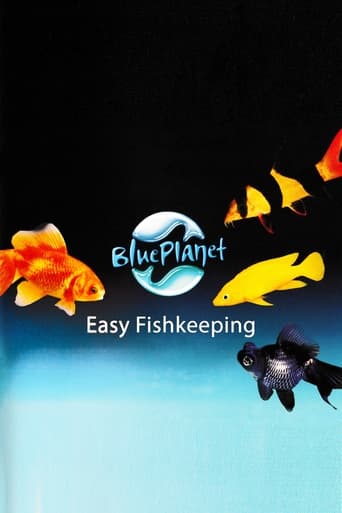
01 Jan 2009

Fish make wonderful pets. With the right care, they have been known to live for 20 to 30 years! But don't make the mistake of thinking goldfish can take care of themselves. Although they are fairly hardy and can adapt to most conditions, they are completely dependent on your skills as a pet keeper. If you take a little time to watch this video and learn the simple basics, your new friends will reward you by living long and happy lives
01 Jan 1999
No overview found
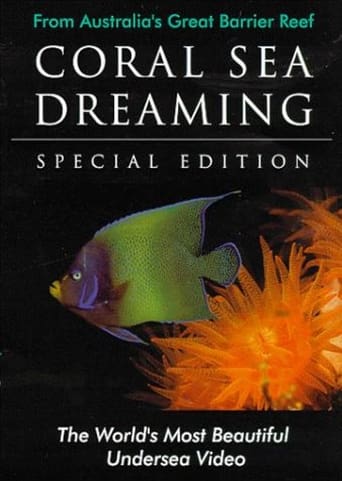
26 Oct 1999

Sit back, relax and dive into the spectacular undersea world of the Great Barrier Reef. Discover crystal-clear video, cool Dolby Digital music, exotic fish of every color of the rainbow. No words, just 83 minutes of great original music, stunning images, 300 creatures in their natural habitat, body surfing dolphins!
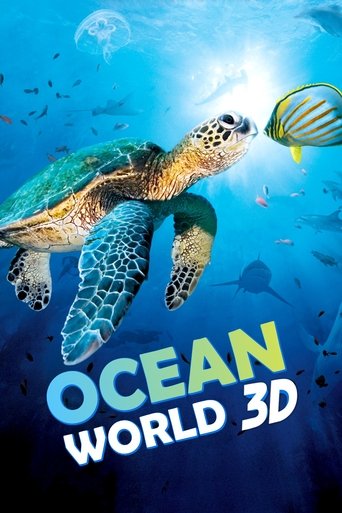
01 Jan 2009

A 3-D documentary chronicling a sea turtle's journey across the oceans.
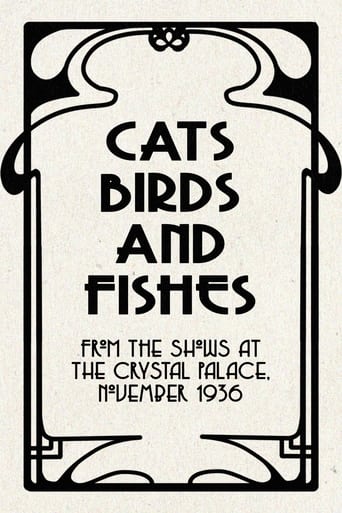
27 Nov 1936

Some champion exhibits from the National Cat Club Show and the Combined Bird and Aquaria Show, described by W. Cox-Ife, F. Hopkins, and L.C. Mandeville.
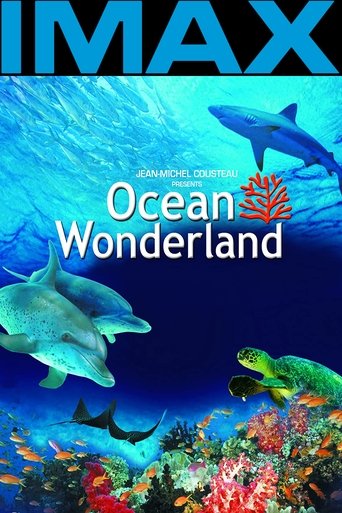
11 Feb 2003

Shot on the Great Barrier Reef in Australia and in the Bahamas, Ocean Wonderland brings to you the amazing beauty of the many varieties of coral and the immense diversity of the marine life thriving there.
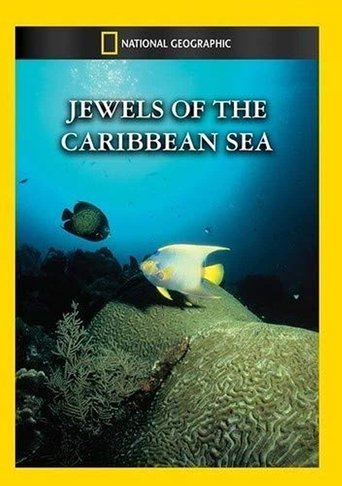
13 Apr 1994

Many know that islands of the Caribbean sea are places of surprising beauty. But not it is common knowledge that deeply under water among coral reefs that surround islands, the enormous reign of the rarest stationed oneself, on anything not alike creatures
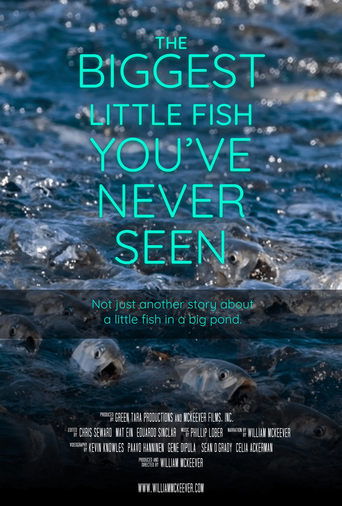
26 Jun 2024

At only twelve inches long, the menhaden are a keystone species in the East Coast's marine ecosystem, yet their numbers are threatened by industrial-scale fishing operations in the Chesapeake Bay.
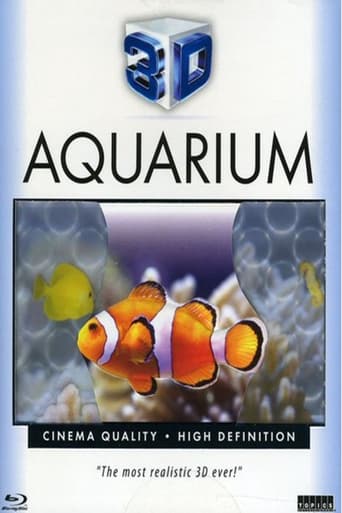
07 Jun 2011

It's a living underwater environment you can virtually reach out and touch. Six spectacular tanks were designed and filled with more than 200 colorful species of sea life, including clown fish, anemones, live coral, crabs, and seahorses so tiny they can fit on the face of a dime. Filmed using RED One® cameras and DepthQ® Stereoscopic 3D equipment, 3D Aquariums ultra-sharp imagery and spectacular 3D was specifically mastered for home 3D-equipped televisions resulting in a cinema-quality experience!

09 May 1997

Marko Röhr's film crew takes the viewer to Europe's last unexplored area: Iceland's unique underwater world. We explore the geysers of boiling waters and the crystal clear lakes off the coast of Iceland. We dive under the icebergs, into the tears between the continental plates and into the deep caves.
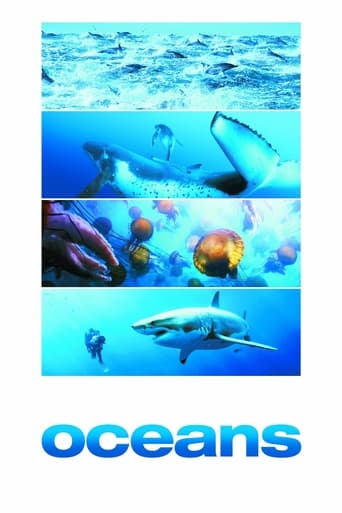
22 Jan 2010

An ecological drama/documentary, filmed throughout the globe. Part thriller, part meditation on the vanishing wonders of the sub-aquatic world.

12 Jun 2009

Examines the devastating effect that overfishing has had on the world's fish populations and argues that drastic action must be taken to reverse these trends. Examines the imminent extinction of bluefin tuna, brought on by increasing western demand for sushi; the impact on marine life resulting in huge overpopulation of jellyfish; and the profound implications of a future world with no fish that would bring certain mass starvation.
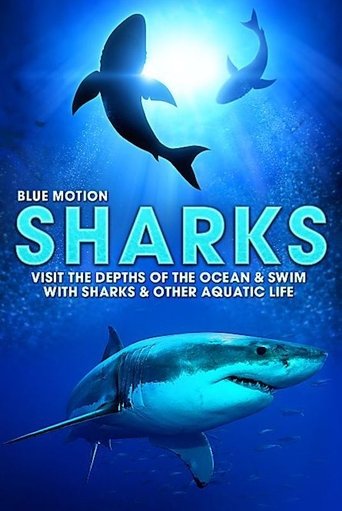
15 Mar 2004

The fascinating world of ocean fauna: dangerous sharks, majestic stingrays, brilliantly coloured fish and a variety of species from the diver's paradise of the Maldives. Spectacular images of the diverse life-forms to be found under water.
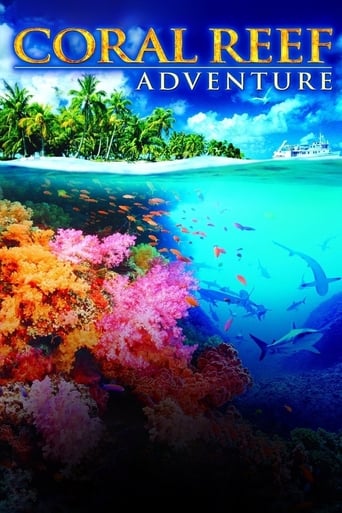
14 Feb 2003

Coral Reef Adventure follows the real-life expedition of ocean explorers and underwater filmmakers Howard and Michele Hall. Using large-format cameras, the Halls guide us to the islands and sun-drenched waters of the South Pacific to document the health and beauty of coral reefs. Featuring songs written and recorded by Crosby, Stills & Nash.
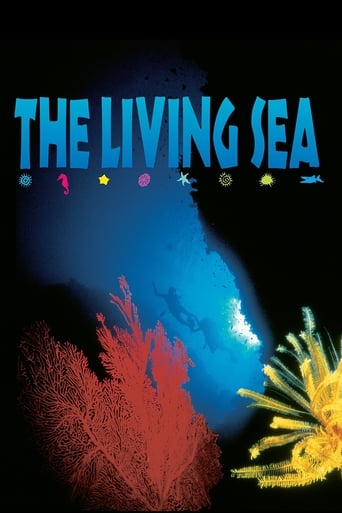
01 Feb 1995

The Living Sea celebrates the beauty and power of the ocean as it explores our relationship with this complex and fragile environment. Using beautiful images of unspoiled healthy waters, The Living Sea offers hope for recovery engendered by productive scientific efforts. Oceanographers studying humpback whales, jellyfish, and deep-sea life show us that the more we understand the ocean and its inhabitants, the more we will know how to protect them. The film also highlights the Central Pacific islands of Palau, one of the most spectacular underwater habitats in the world, to show the beauty and potential of a healthy ocean.
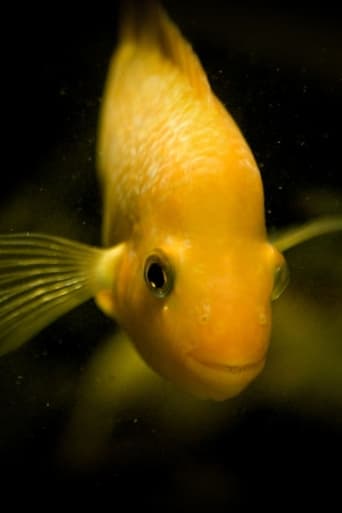
09 Sep 2017

Using his failed attempts at creating profitable stock footage, a filmmaker reflects on the absurd, mundane and funny side of being trapped inside your own head as an out of work, self-employed freelancer.
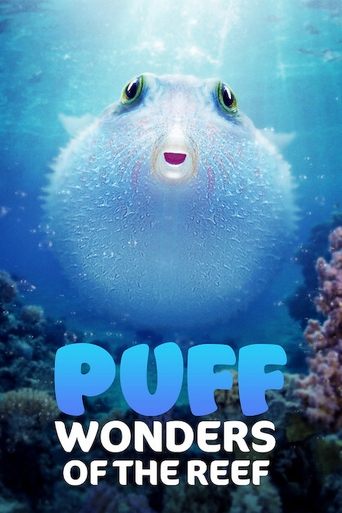
01 Oct 2021

A baby pufferfish travels through a wondrous microworld full of fantastical creatures as he searches for a home on the Great Barrier Reef.


No overview found
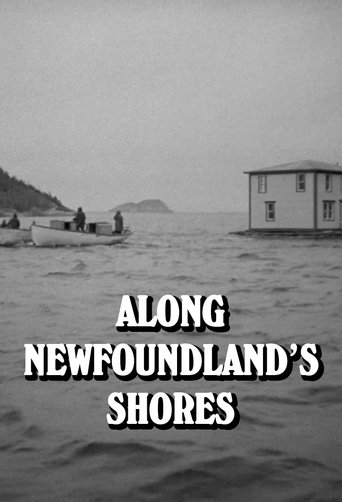
01 Jan 1962

This short documentary includes three vignettes about life off the coast of Newfoundland. In Island of Birds, we visit Green Island, a sea bird sanctuary where puffins frolic. In Caplin Harvest, little silvery fish called caplin spawn by washing ashore along the waves, making an easy catch for fishermen. In Outports on the Move, off-shore houses are pried loose from their foundation and floated to the Newfoundland mainland, where schools, hospitals, stores and services are available to the community.